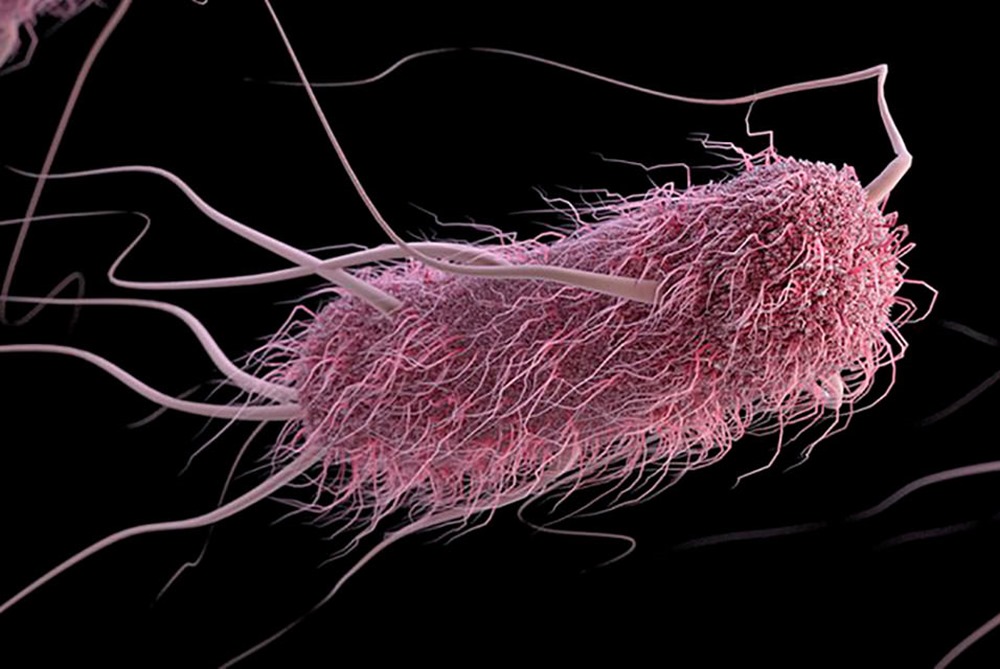
Scientists have discovered that bacteria like Escherichia coli have an unexpected property: the ability to form and transfer “memories.” This discovery provides a better understanding of how bacteria adapt and survive, particularly through the development of infections and resistance to antibiotics.
Cover photo: artistic representation of an Escherichia coli bacterial cell. (Centers for Disease Control and Prevention/James Archer)
At the University of Texas at Austin, researchers discovered that Escherichia coli uses iron concentrations to store information about the environment. This storage system allows bacteria to change their behavior, such as becoming resistant to antibiotics or forming “swarms” (large groups of bacteria that migrate together on a surface), depending on previous conditions.
Bacteria have neither brains nor neurons. On the other hand, they store “memories” that are similar to data recorded on a computer. Previous experiences, such as moving in a flock, can improve their future performance. Experiments have shown that this memory of past behavior, linked to the bacteria’s internal iron levels, is passed on to future generations through epigenetic cues, persists for at least four generations, and fades in the seventh generation.
According to Souvik Bhattacharyya, lead author of the study:
If they have encountered this environment frequently, they can store this information and quickly access it later for their benefit. This means that the organism functionally “remembers” what to do when its internal environment changes.
The central topic of this study is iron. This abundant element varies from bacterium to bacterium. Researchers have found that low iron levels in free-floating bacteria lead to better swarming behavior, while high iron levels are found in bacteria that form biofilms, dense clumps of bacteria on surfaces that are often difficult to move or dispose of. For example, the slime that forms on shower tiles or dental plaque: both are examples of biofilms. In addition, balanced iron levels appear to contribute to antibiotic tolerance.
According to Bhattacharyya:
Before oxygen existed in Earth’s atmosphere, early cells used iron for many cellular processes. Iron is crucial not only for the emergence of life on Earth, but also for its development. It makes sense that cells would use it in this way.
Based on their findings, the researchers suspect that when iron is scarce, bacteria think about swarming aggressively to increase their chances of finding iron. High iron levels indicate an environment that is conducive to the emergence and formation of biofilms. This could be used against them if pathogens threaten sick people.
Nevertheless, according to Bhattacharyya:
Iron levels are undoubtedly a therapeutic target, as iron is an important factor in virulence. Ultimately, the more we know about the behavior of bacteria, the easier it is to fight them.
The study published in The Proceedings of the National Academy of Sciences: An inheritable iron memory enables decision-making in Escherichia coli.

